A year ago, I blanched every time someone lumped these spiny critters in with my plump, beloved echeverias or haworthias. Now I'm practically a cactus proselyte. If you're feeling cacti-curious, but aren't quite ready to convert, here are some varieties that might push you over the edge. (I've erred on the less spiny side, since many succ-ers have expressed the crazy desire not to be impaled on their own plants.)
MAMMILARIA PLUMOSA This is about as close as a cactus could possibly get to a down pillow. Yes, there are occasionally a few small spines under all that fluff, but in general, mammilaria plumosa (and mammilaria theresae, another feathery favorite) are every bit as soft to handle as they look like they would be. Just try not to make s'mores with them--I'm not sure how well that would work. |
CEREUS FORBESII VAR. SPIRALFORME Cereus forbesii var. spiralforme is one of few columnar cacti that naturally grow in a spiral shape as they mature. Yes, this thing looks pokey--which is part of the reason I don't have one. They can also be hard to find--which is the other part of the reason. Still, this would be a very cool addition to any collection. I'm being totally cereus, folks. (Har, har.) |
ASTROPHYTUMS (ASTERIAS OR SUPER KABUTO) Astrophytums are cool. They're small, generally spineless cacti that sometimes have little tufts of soft down at regular intervals, like the one pictured here. They also come with lots of different patterns, the flashiest being the super kabuto variety (pictured). I recommend starting with astrophytum asterias; they're easy to find, relatively inexpensive, and require little or no special care. |
OPUNTIA GOSSELINIANA (VIOLET PRICKLY PEAR) Unlike some of the other cacti I'm featuring here, these guys will spike you as easily as most other opuntia do. But don't you think that the amazing violet color makes up for it? I've been wanting to get my (gloved) hands on this one for a while. I've also seen a similar (maybe the same?) kind called a "Santa Rita" cactus or an Opuntia Santa Rita. |
LOPHOCEREUS SCHOTTII VAR. MONSTROSE Also called the "totem pole cactus," lophocereus schottii var. monstrose is one of the most sculptural columnars out there. They're sometimes bumpy (as seen in this picture) and sometimes less bumpy, but never spiny. I've seen them up to 5-6 feet tall, but they're equally stunning just hanging out in a pot with other cacti or succulents. The bright blue-green hue is gorgeous, too. |
ECHINOCEREUS RIGIDISSIMUS VAR. RUBISPINUS Ah, another one of the first cacti I ever bought. Candy of Sweetstuff's Sassy Succulents advises to watch out for mealybugs on these, because once they get 'em, they're hard to get rid of. So far, my luck has been good, and this gorgeous, bright pink gem of a plant has been happy in both shade and sun. If you pick it up from the sides, it's not very pokey, either! |
MYRTILLOCACTUS GEOMETRIZANS CRISTATA Myrtillocactus geometrizans crests are just ridiculous. Look at this picture. I mean, seriously. How can you unilaterally reject cacti when this nearly spineless beauty is one of them? You can't, right? These only have two Achilles' heels: some susceptibility to scale, and a high price tag (the asking price for the one pictured was over $200!), though you can find teensy specimens sometimes. |
EPITHELANTHA MICROMERIS Epithelantha micromeris (a.k.a. "button cactus") is a deceptively diminutive little species--easily overlooked, but once you notice it, you can't not notice it. The soft exterior and wonderful purples and greens under the light dusting of cactus fluff make it a great addition to any pot. I've had mine (pictured) for about six months, and it's done fine indoors and outdoors. |
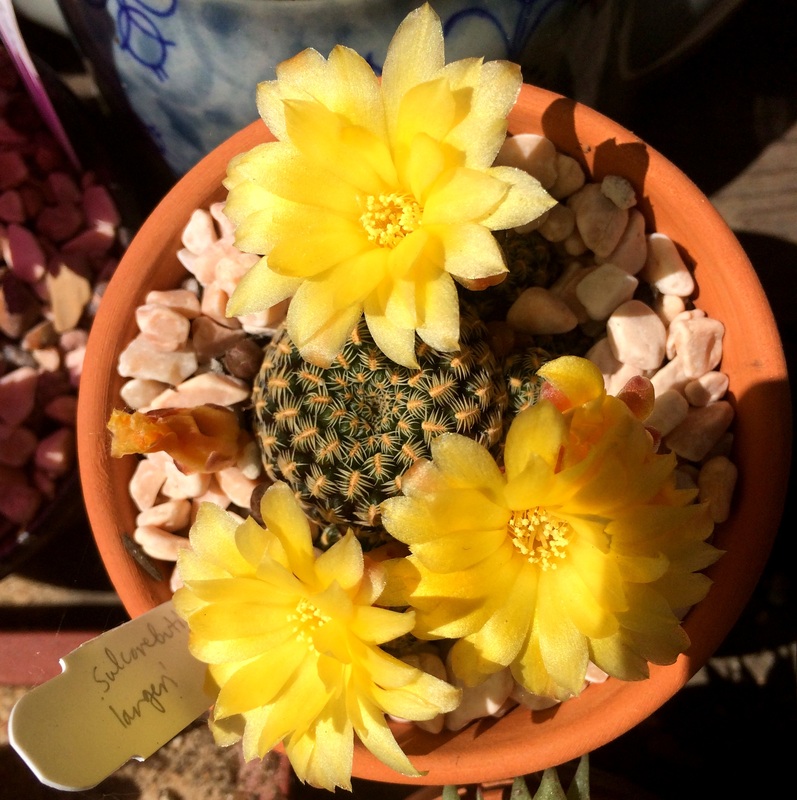
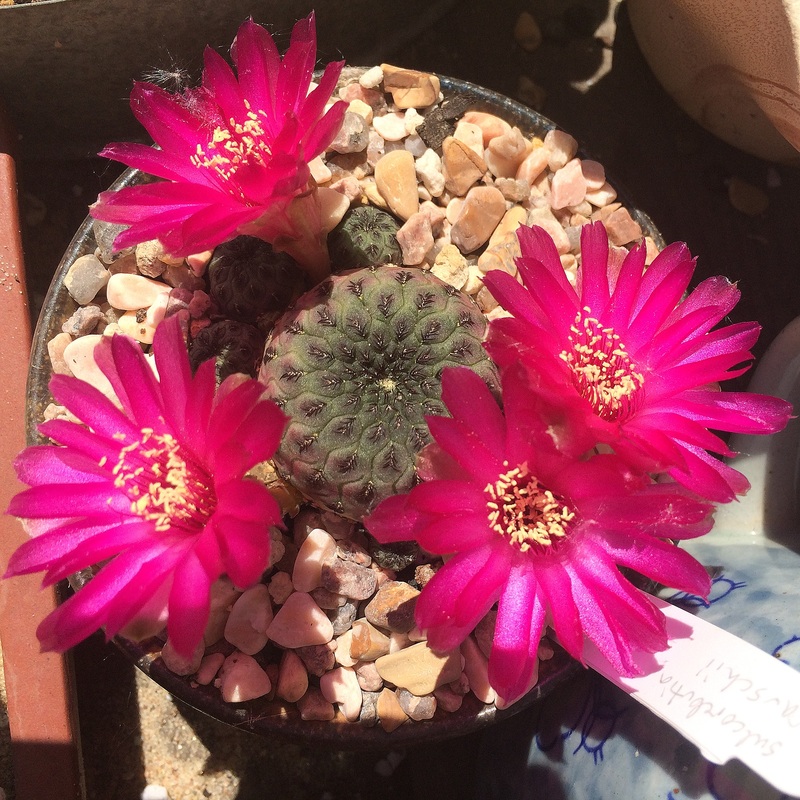
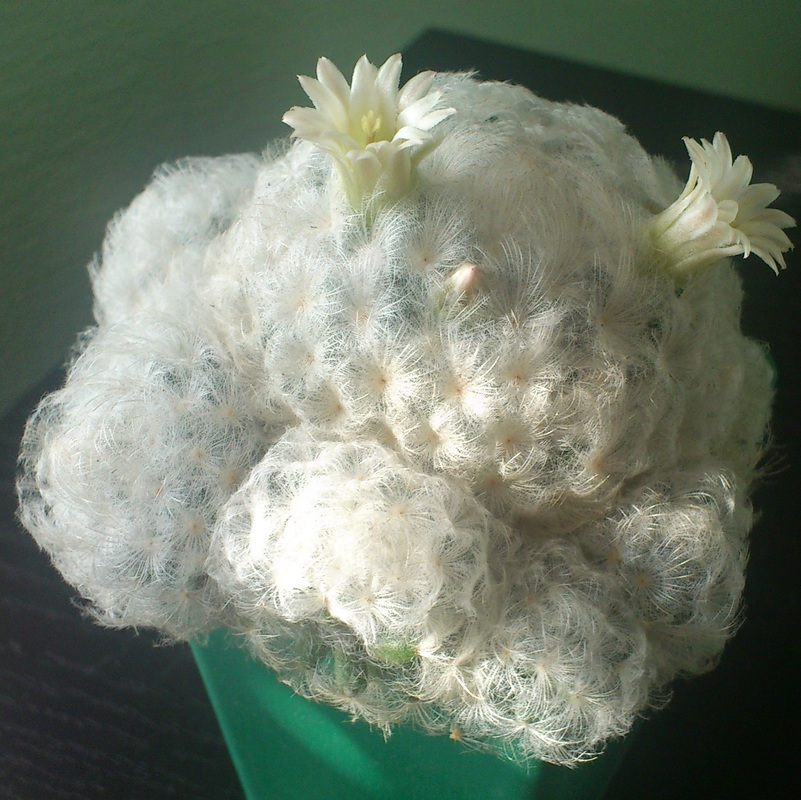
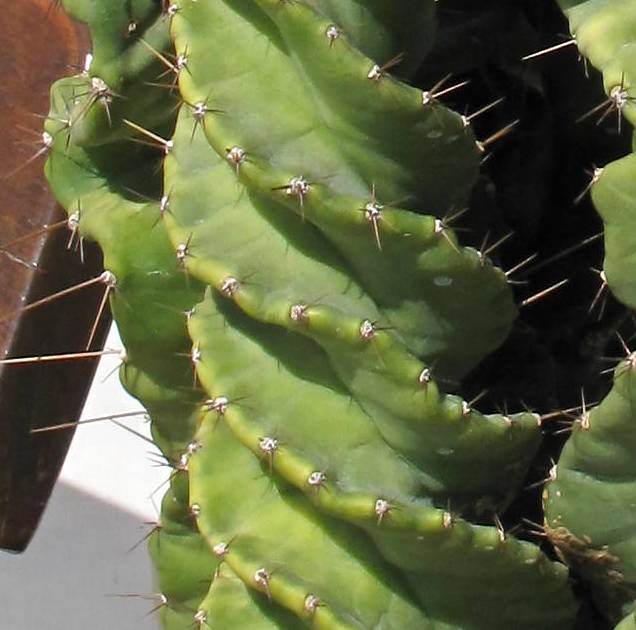
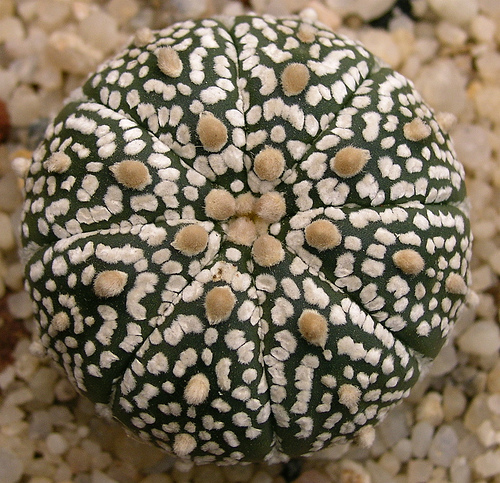
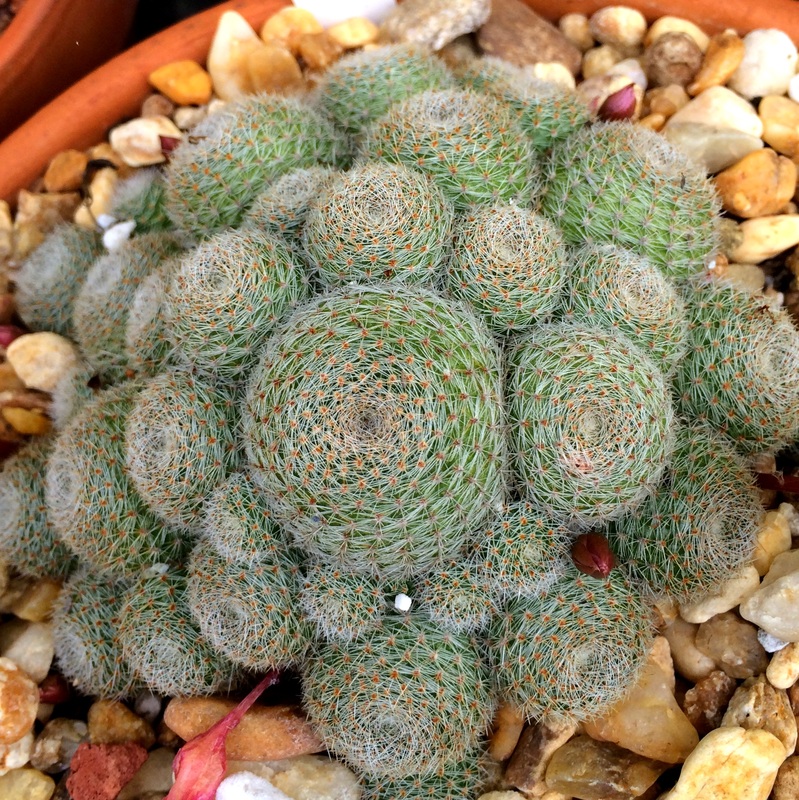
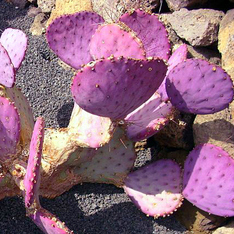
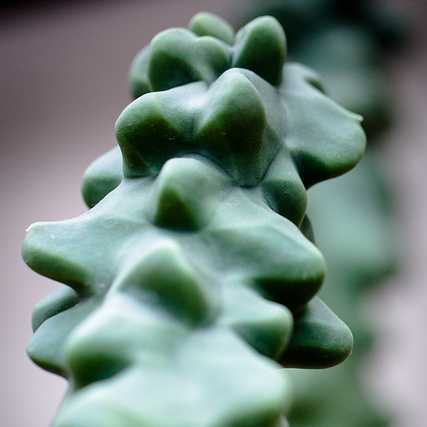
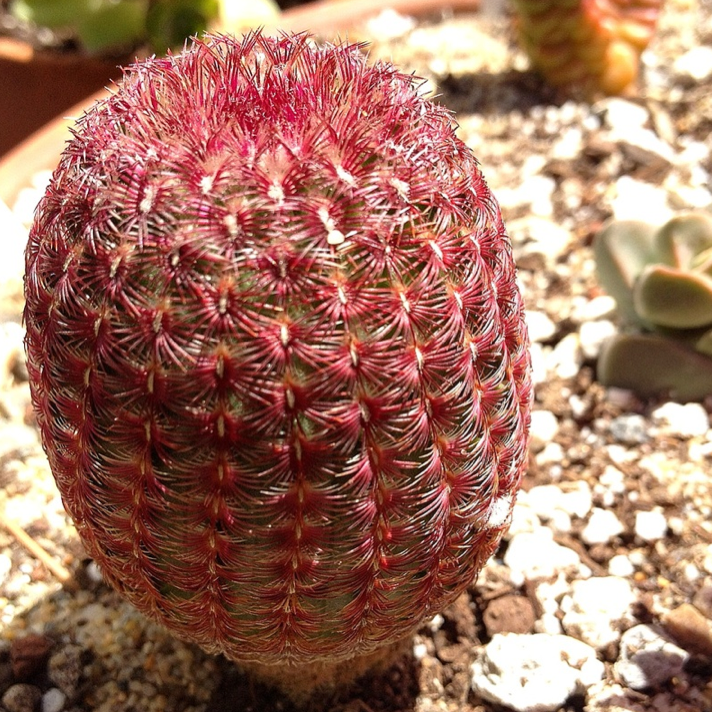
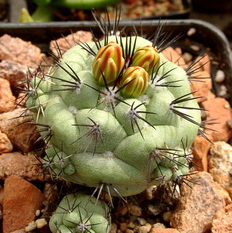
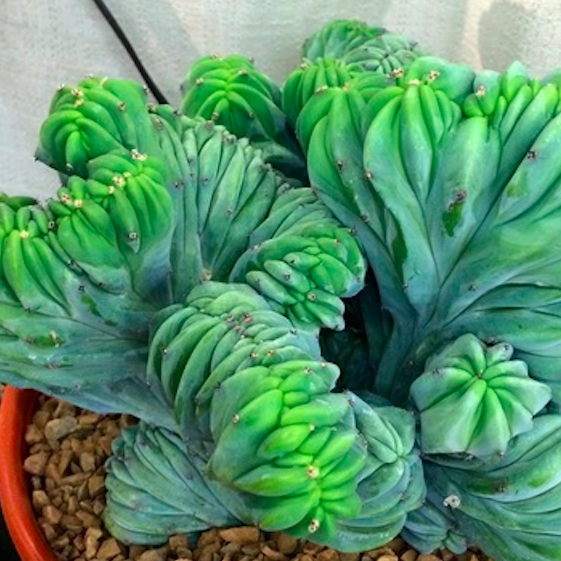
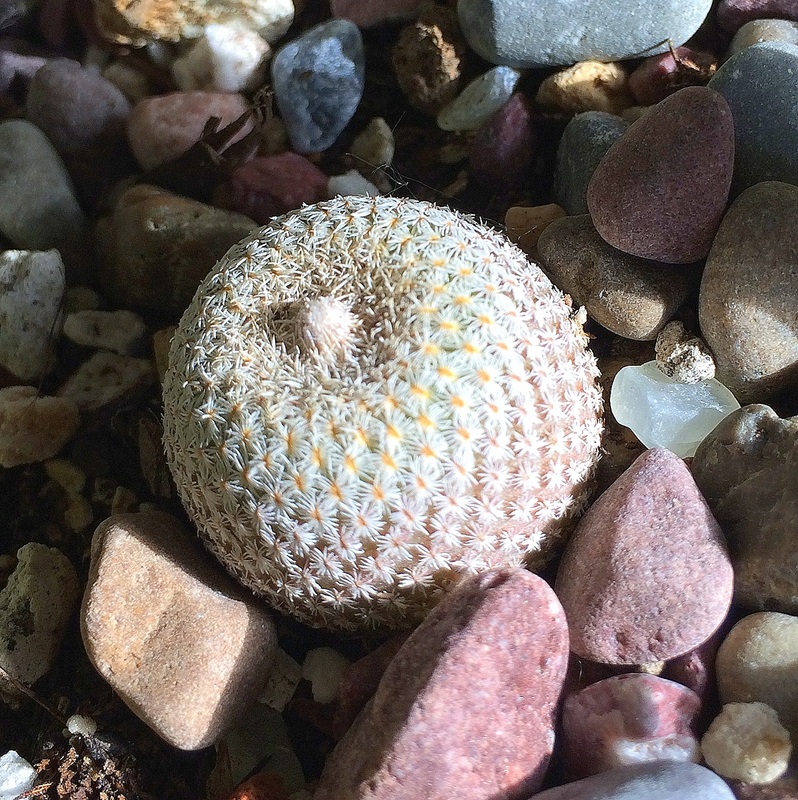
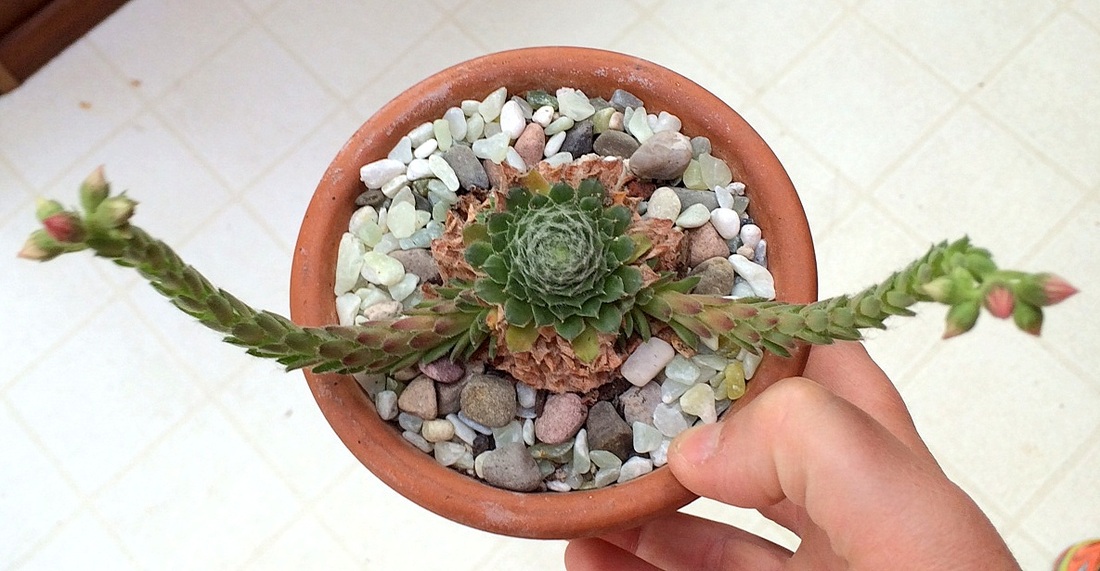
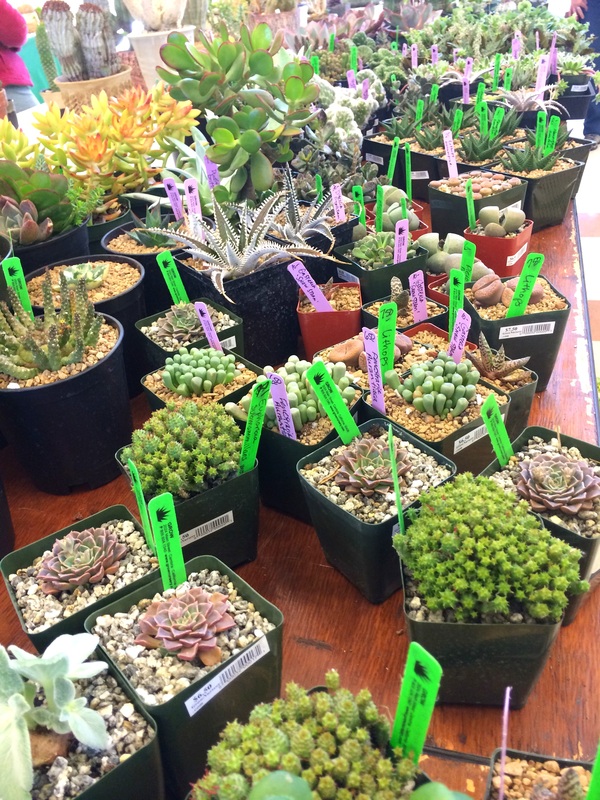
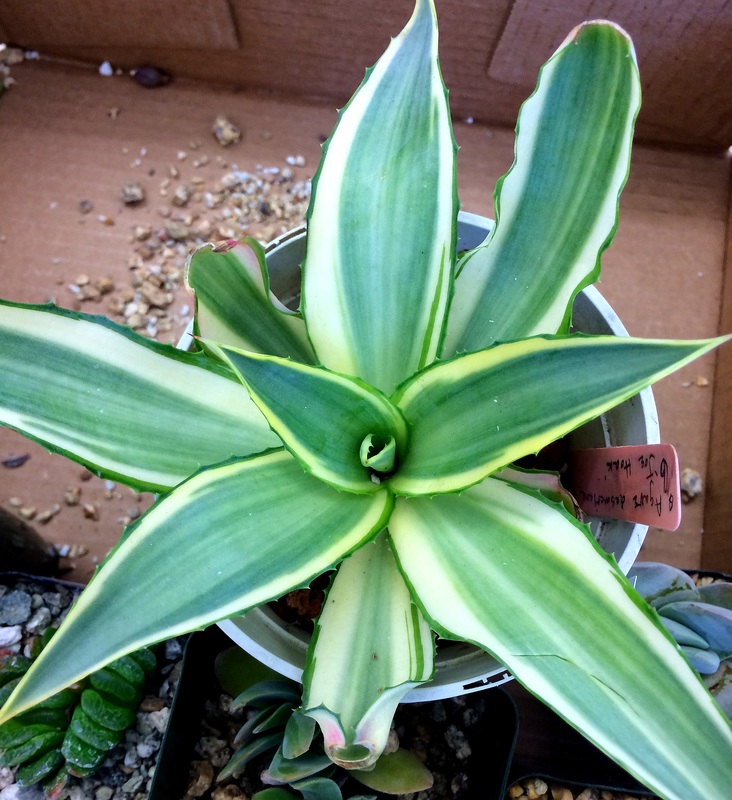
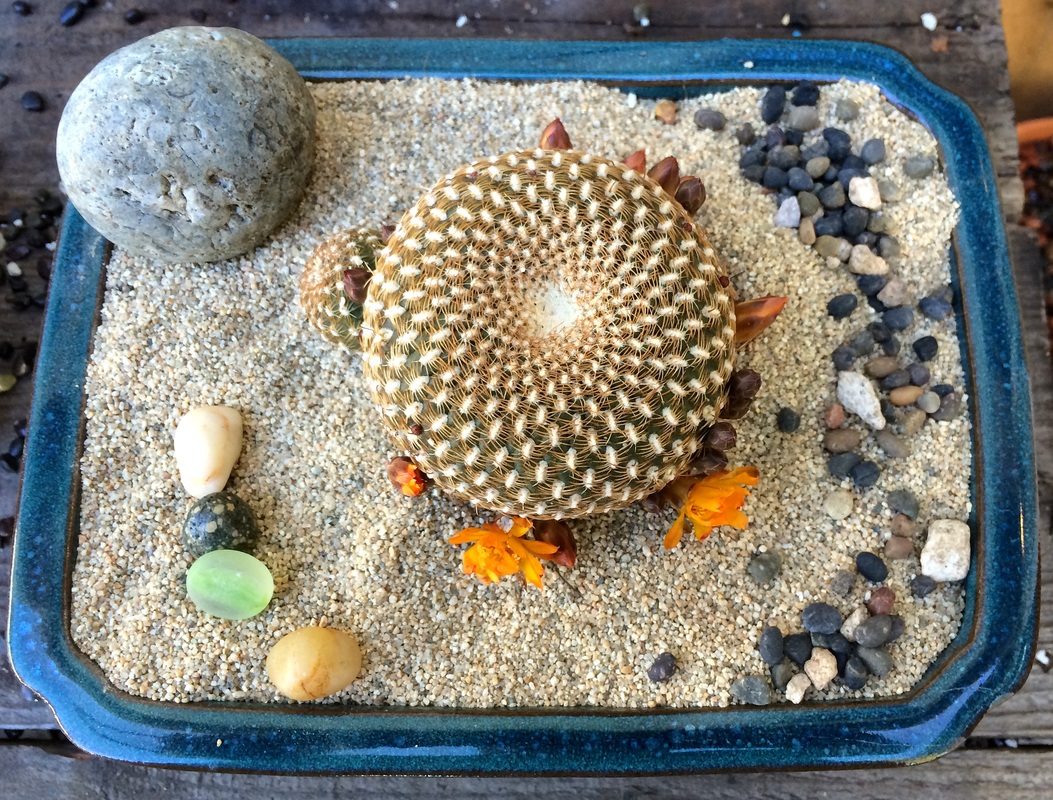
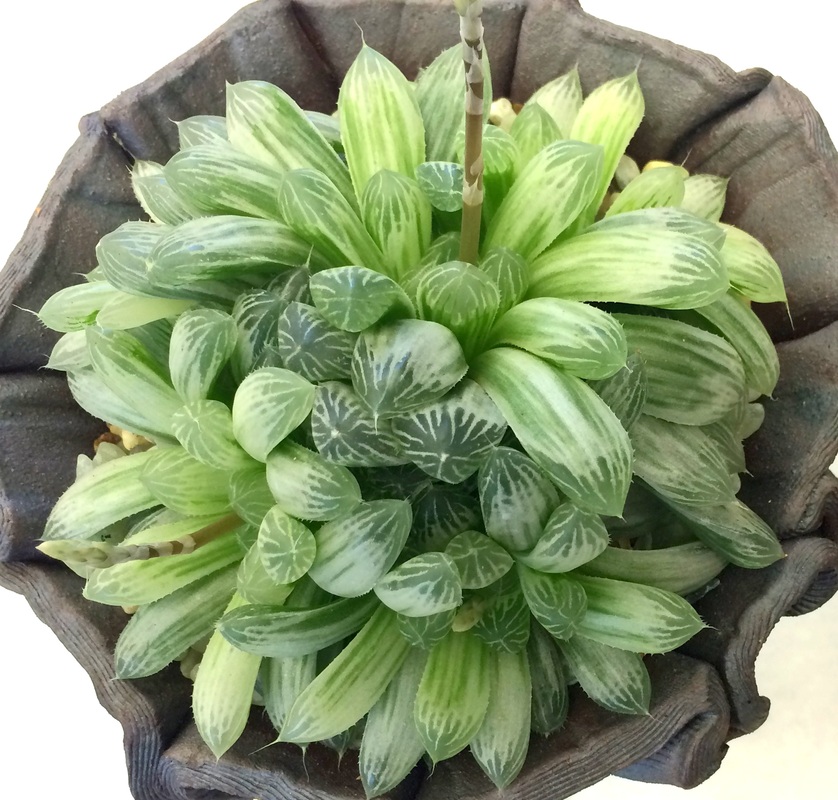
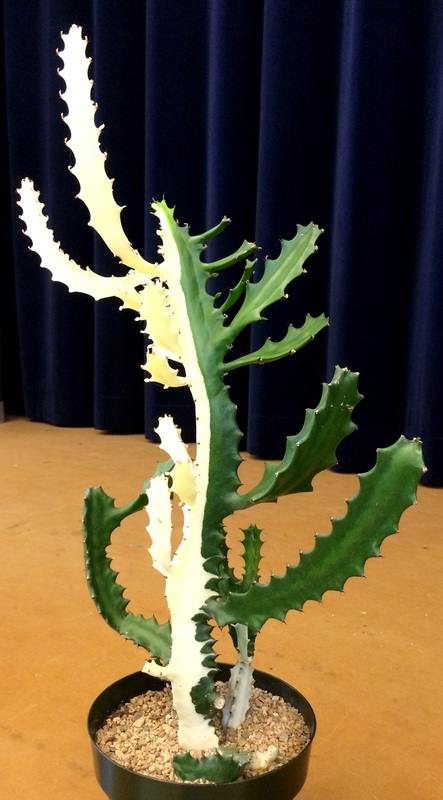
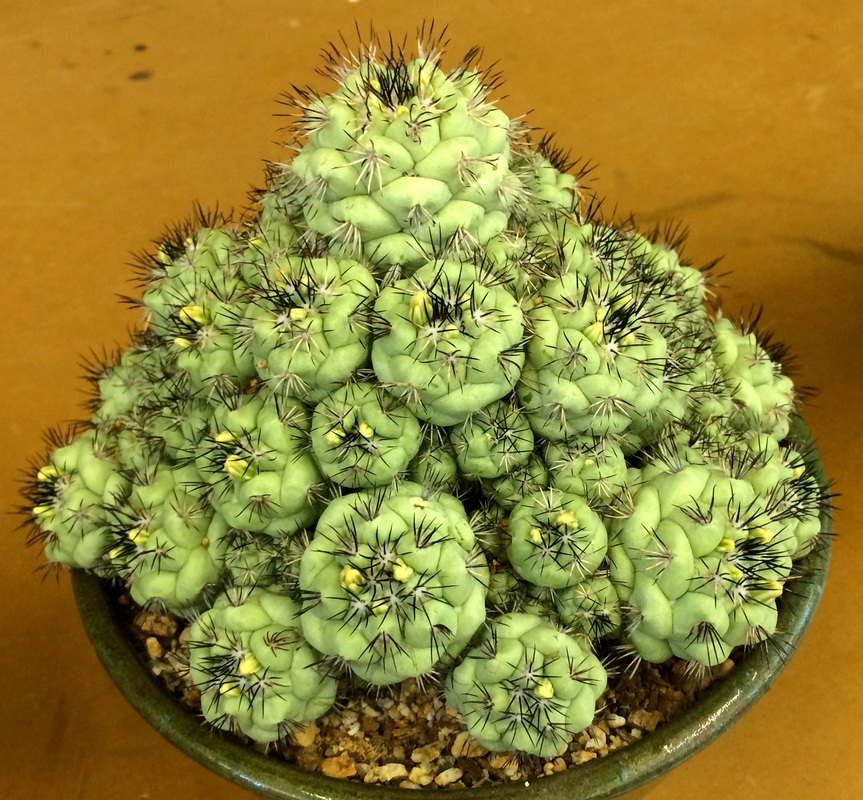
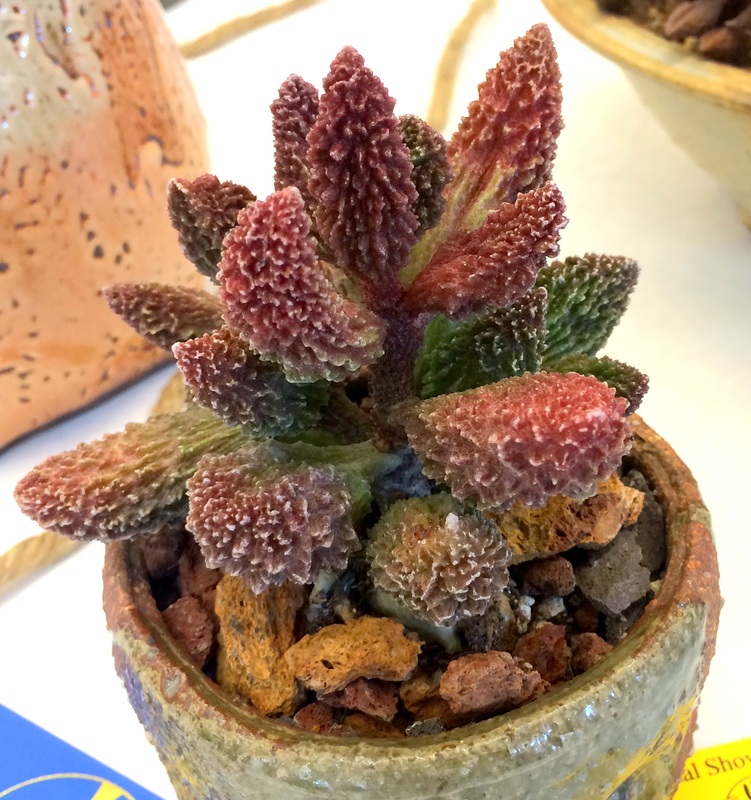
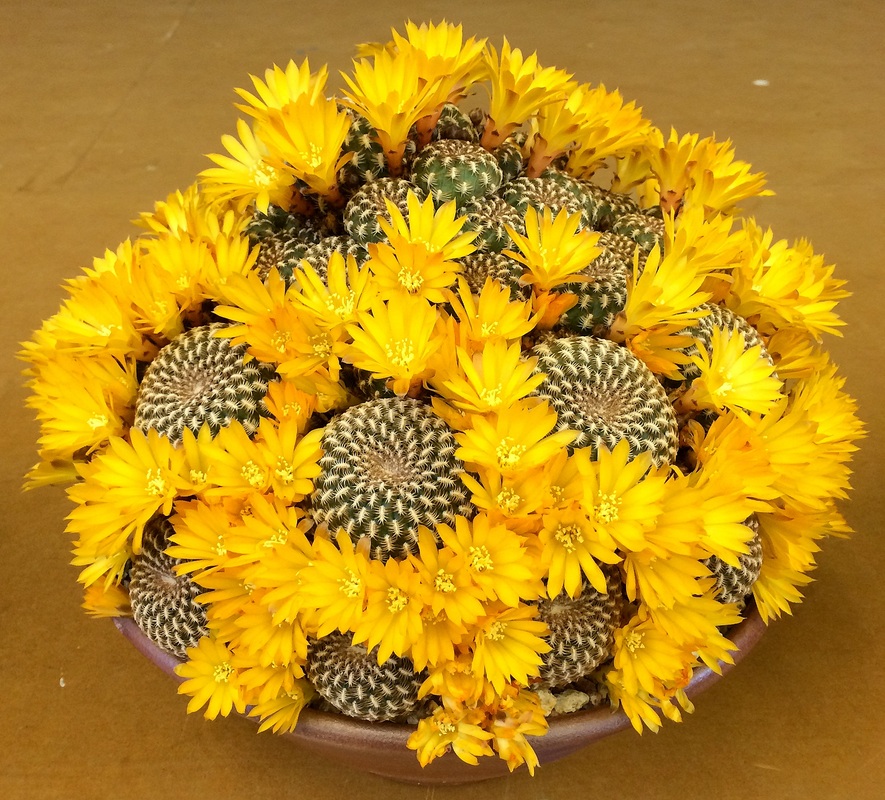
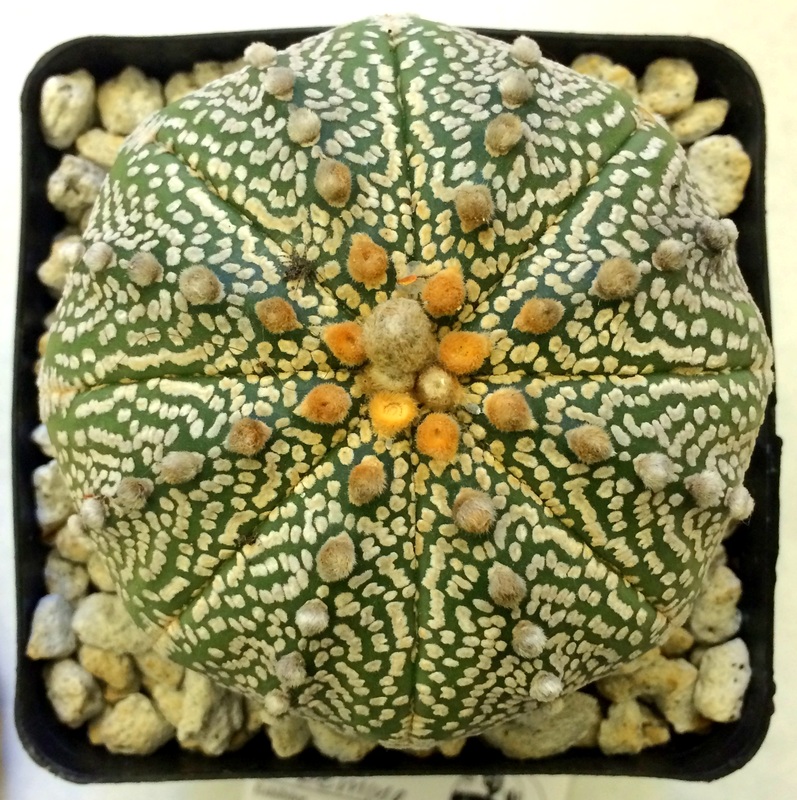
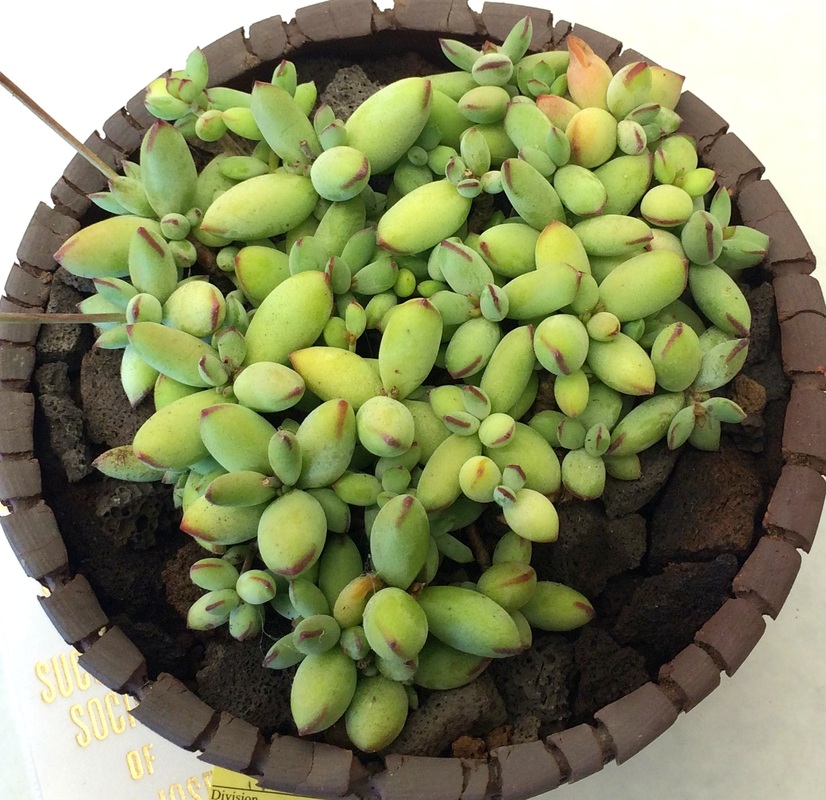
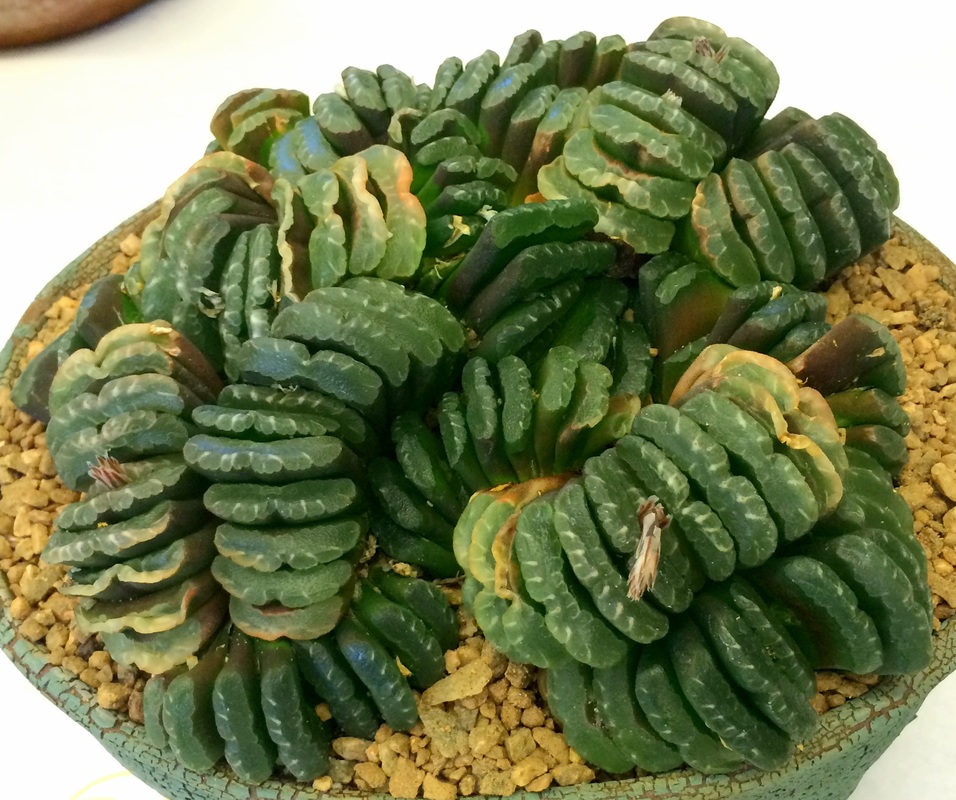
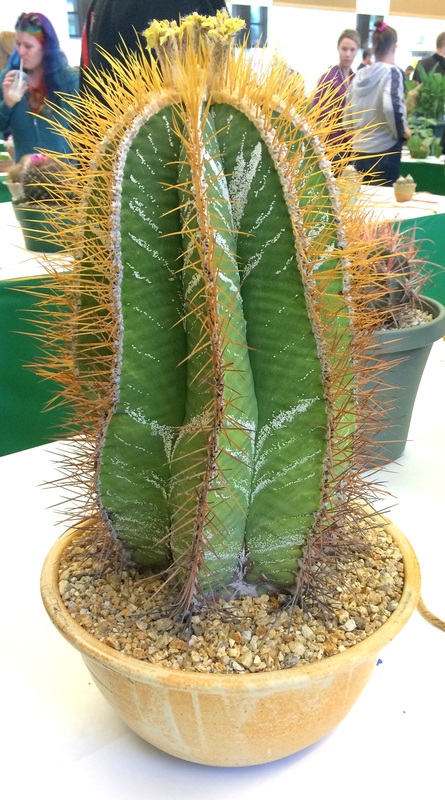

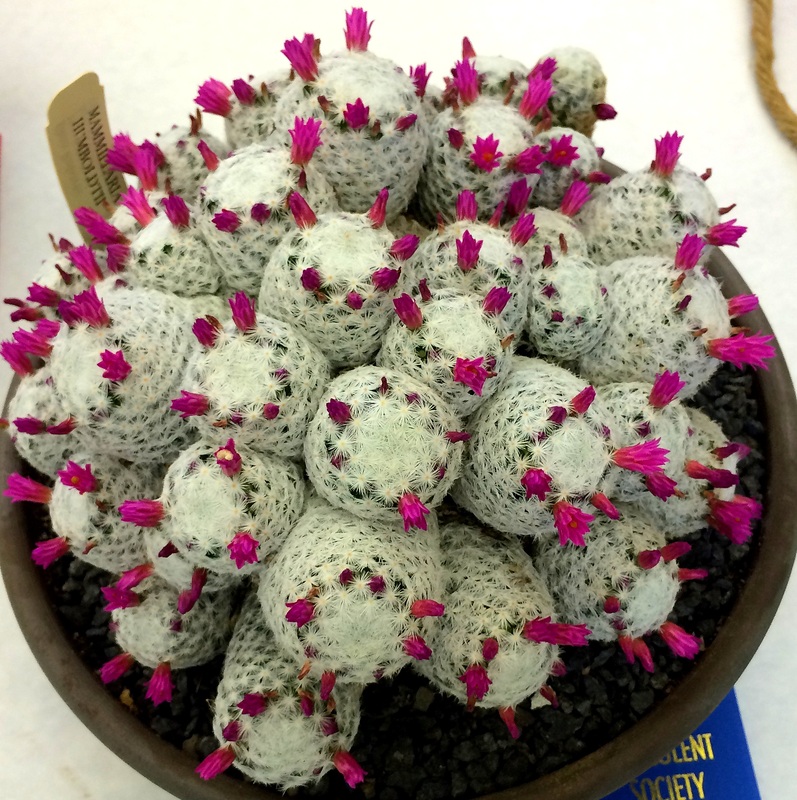
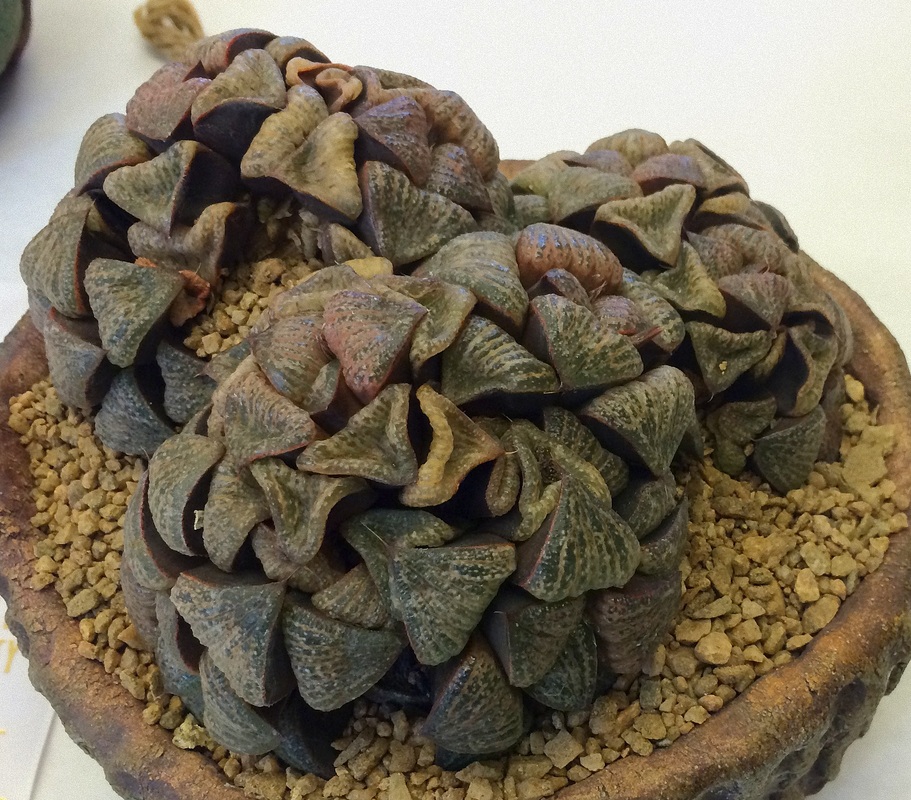
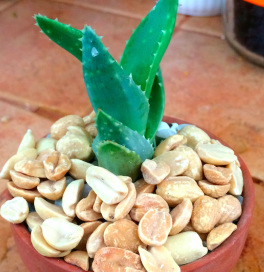
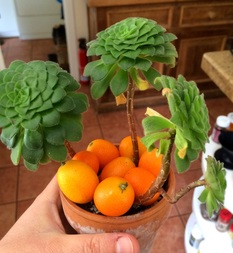
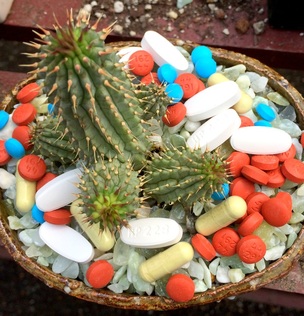

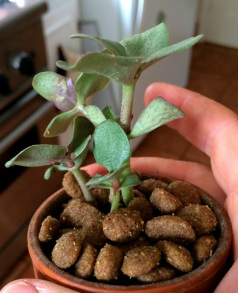
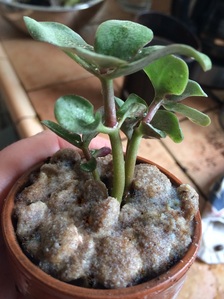


 RSS Feed
RSS Feed